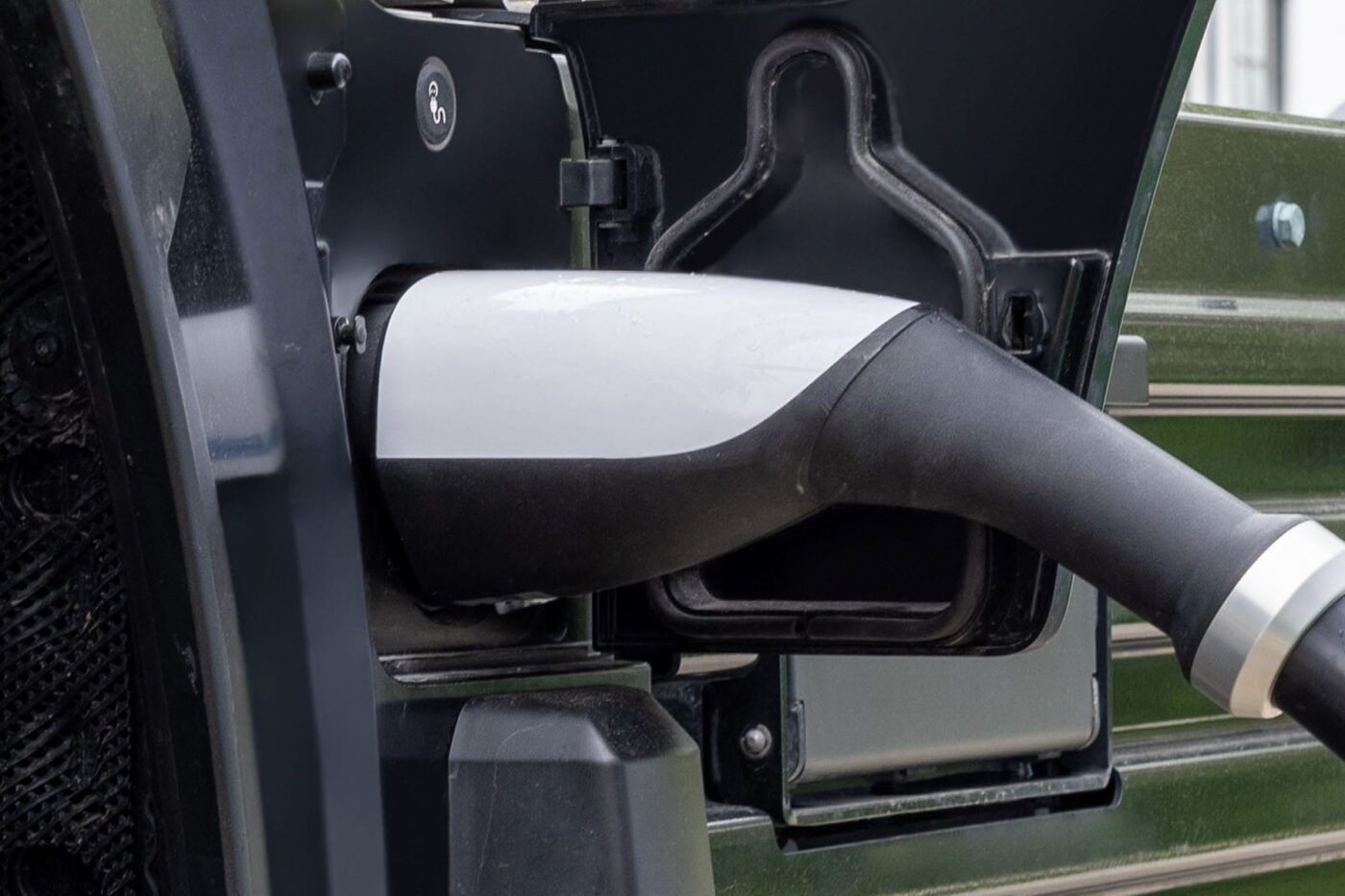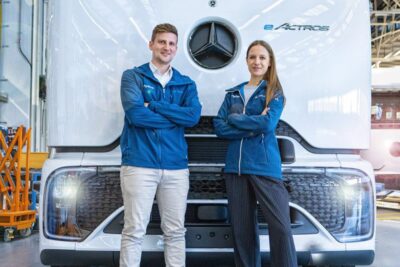E.ON, Voltix and GreenWay to build 330 MCS chargers for trucks across Europe
E.ON has announced a project aimed at installing a charging network designed to “significantly contribute to” the electrification of European heavy-duty transport. The network will cover 55 strategic locations across Germany, Austria, Denmark, Spain, France, the Netherlands, Sweden, Poland, and Hungary. Each site will include at least four Megawatt Charging System (MCS) charging points, each offering a charging capacity of 1 megawatt or more.
The European Union will support the consortium with €70.3 million in funding. This project is one of 70 selected initiatives receiving grants from the European Commission in a recent funding round under the Alternative Fuels Infrastructure Facility (AFIF) programme. The EU allocated a total of €600 million in this round. The alliance of E.ON, Voltix, and GreenWay was the largest recipient. However, the EU’s project list does not mention the consortium as a whole; instead, E.ON and Voltix are listed separately, receiving €8.8 million for the project “24-EU-TC-HDV-E Cohesion” and €61.5 million for “24-EU-TG-HDV-E General,” respectively. Together, these amounts total the aforementioned €70.3 million.
Charging sites accessible 24/7
The initiators emphasise that HDV-E is one of the largest European initiatives for electrifying road freight transport. This marks the first time that the Milence joint venture, founded in 2022 by Daimler Truck, Traton, and Volvo Group to build public truck charging stations across Europe, faces competition in the MCS sector. Milence aims to install 1,700 charging points by 2027, including 284 MCS chargers. While the latter’s overall rollout is significantly larger, both initiatives are comparable in terms of megawatt charging capacity. Notably, Milence’s MCS chargers (alongside around 250 CCS chargers) are also AFIF-funded, though the joint venture received €111 million in an earlier funding round rather than the current one.
E.ON, Voltix, and GreenWay now form the first private initiative in this sector without direct manufacturer involvement. The partners highlight that their planned “charging sites will offer 24/7 public access, open roaming and simple payment options.” Further details are yet to be disclosed. According to EU documents, E.ON will be responsible for deploying 46 MCS chargers at ten locations in Poland and Hungary (alongside additional CCS chargers and, at some sites, photovoltaic (PV) systems and battery storage). Voltix will handle the remaining 288 MCS charging points at 45 locations in France, Spain, the Netherlands, Austria, Denmark, Germany, and Sweden. Total investments in the project are expected to reach €17.6 million for E.ON and over €205 million for Voltix. GreenWay is not listed as an independent funding recipient in the EU documents.
Timo Sillober, CEO of E.ON Drive Infrastructure, said: “Only with charging power in the megawatt range can e-trucks deliver what diesel trucks do today. With HDV-E, we are building the infrastructure that makes this possible. This is how climate goals become reality on Europe’s roads.”
Partner Voltix is a French company founded in 2023 and a subsidiary of VINCI Concessions, which operates airports, motorways, and rail projects and is recognised as an international player in transport and public infrastructure. Within the group, Voltix is tasked with developing and constructing public charging stations for heavy-duty electric trucks and buses. The company is still in its early stages, with the first such stations expected to become operational this year, according to its website. It does not provide further specifics.
“The question no longer is if, but when”
The EU funding for the HDV-E project provides a significant boost for Voltix. By 2028, the French company aims to set up 50 charging hubs. Louis Du Pasquier, Managing Director of Voltix, is convinced that the question in Europe is no longer whether decarbonised trucks will be electric, but when. “The question is no longer if decarbonised trucks will be electric in Europe, but when. The deployment of a reliable network of high-power charging stations dedicated to trucks on main European roads is one of the necessary keys to accelerate the transition to electric trucks,” said Du Pasquier. “he HDV-E project will contribute significantly to release this constraint.”
GreenWay, a proven provider of charging infrastructure for electric vehicles in Central and Eastern Europe, is also part of the consortium—though its primary focus to date has been the passenger car sector. The company currently operates 4,800 charging points at over 1,400 locations in Poland, Slovakia, and Croatia. These sites feature AC and DC chargers, as well as energy storage and solar panels for local renewable energy use in some cases. GreenWay contributes its expertise in customer support, roaming partnerships, and commercial solutions to the consortium.
Peter Badik, Founder and Chairman of GreenWay’s Board, states: “Bringing megawatt and ultra-fast charging to electric heavy-duty vehicles is a major step toward a cleaner transport system. At GreenWay, we’re thrilled to be working on this next stage of e-mobility and to support logistics partners throughout our region as they move toward long distance zero-emission operations.”
E.ON already builds electric truck chargers with MAN
For E.ON, HDV-E is already the second major electric truck charging network project. Since last year, E.ON has been collaborating with manufacturer MAN to develop 170 sites with around 400 truck charging points across Europe—most of them in Germany. In this case, the focus is on CCS chargers, with existing MAN service branches serving as charging locations. Importantly, the network remains accessible to commercial vehicles from other manufacturers.
With distances of approximately 180 to 300 kilometres between planned sites, MAN and E.ON say are already building reliable public charging infrastructure for modern electric trucks on many transport routes in the country. In addition to Austria and Germany, the partners are also building public electric truck charging stations in the UK, Denmark, Italy, Poland, the Czech Republic, and Hungary as part of their strategic collaboration.
The two initiatives will thus overlap geographically. However, as HDV-E specialises in megawatt charging, their target audiences differ. Beyond its ambitions in the electric truck charging market (which also include reservation systems for charging stations), E.ON Drive Infrastructure, a subsidiary, currently operates around 8,000 public charging points for passenger cars and light commercial vehicles across eleven European countries.
This article was first published by Cora Werwitzke for electrive’s German edition.





0 Comments